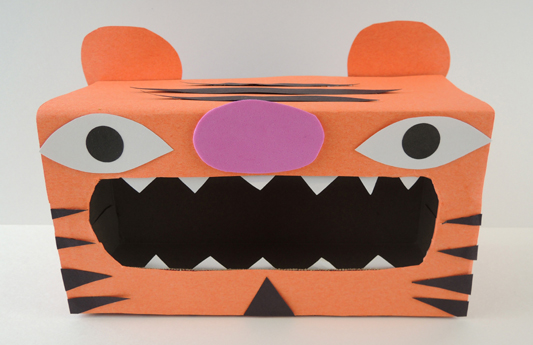 Tyger Tyger burning bright! Make it past the teeth, and you’ll be all right!
Tyger Tyger burning bright! Make it past the teeth, and you’ll be all right!
We recommend reading Beware of Tigers by Dave Horowitz (G.P. Putnam’s Sons, 2006). Feathered friends Chirp and Birp are laughingly incredulous that a tiger is in their city, despite warnings from others. Well, there IS a tiger, and he is more than happy to entertain two tasty little birds. As his smile grows wider and wider, Chirp and Birp realize that perhaps cuddling up with a tiger isn’t such a great idea. Good thing they have a friend with even bigger teeth!
You’ll need:
- 1 large tissue box
- Construction paper
- Scissors, tape, and/or glue for construction
- Markers for decorating (optional)
This project is a modification of a Valentine’s box I pinned and swore I would find a use for. Yes! Begin by covering a large tissue box with orange construction paper. Next, use more construction paper to add a nose, eyes, and stripes (or draw them on with markers). The teeth are construction paper too.
To play the game, place several objects in the tiger’s mouth. Then challenge kids to gently reach in, and – without moving, tapping, or knocking over the tiger – remove the objects. The objects can be anything. For younger kids, it might be best to use something that stick out past the mouth like drinking straws. For older kids, smaller objects like jingle bells, foam beads, or pom-poms work!
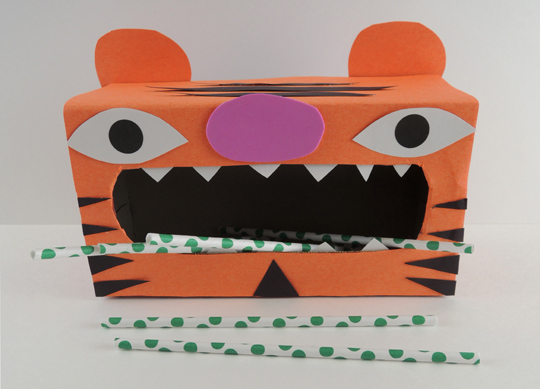
Believe it or not, we have more chomping creature projects on the blog. Check out our cookie-consuming cow here, and our monster food chain here. Need some dental assistance? We have your crocodile care kit right here.

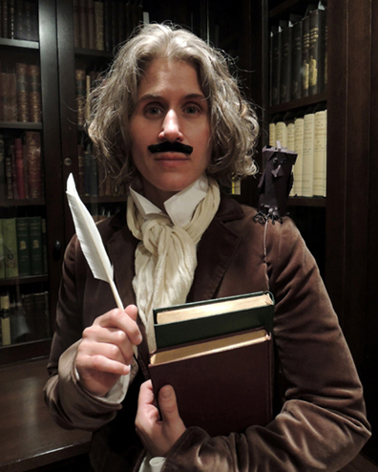
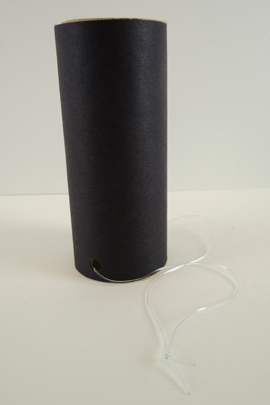 When the tube and cord are prepped, use more black construction paper to add all the fun details! Here’s my “deluxe” raven with lots of black ruffled layers,
When the tube and cord are prepped, use more black construction paper to add all the fun details! Here’s my “deluxe” raven with lots of black ruffled layers, 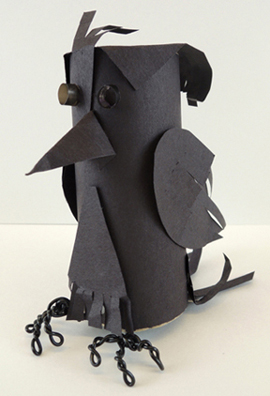 However! Here’s a simpler version with a simple tab-and-fold beak and construction paper feet. Also, notice the eyes on both birds? Those are little snippets of black drinking straw. To attach the eyes, dip one side of the straw snippet in a dollop of white glue, then press it on the bird’s face. The raven is now ready for some tapping at your chamber door.
However! Here’s a simpler version with a simple tab-and-fold beak and construction paper feet. Also, notice the eyes on both birds? Those are little snippets of black drinking straw. To attach the eyes, dip one side of the straw snippet in a dollop of white glue, then press it on the bird’s face. The raven is now ready for some tapping at your chamber door.

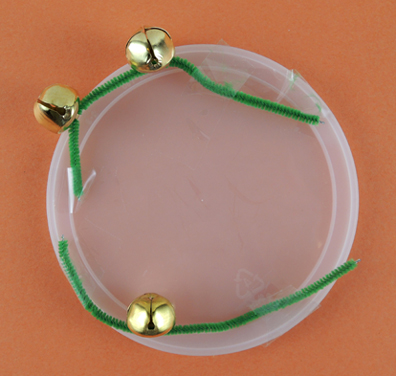 The credit for today’s simple project goes to my 6-year old daughter! She told me she wanted to make a tambourine, scrounged through art supply central
The credit for today’s simple project goes to my 6-year old daughter! She told me she wanted to make a tambourine, scrounged through art supply central 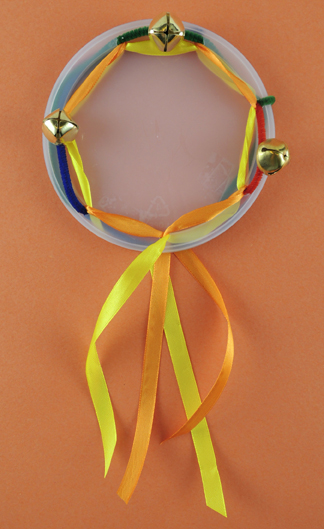 You’ll need:
You’ll need: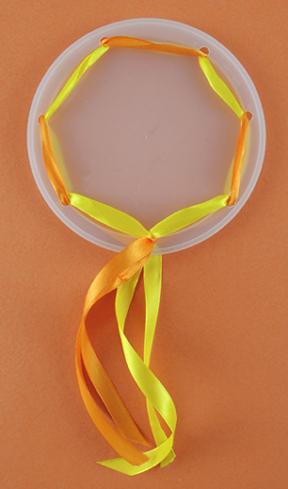 Quick hint for threading floppy ribbon through holes…create a “needle” using masking tape. When you’re finished, just unwrap the making tape, or cut it off the ribbon entirely.
Quick hint for threading floppy ribbon through holes…create a “needle” using masking tape. When you’re finished, just unwrap the making tape, or cut it off the ribbon entirely.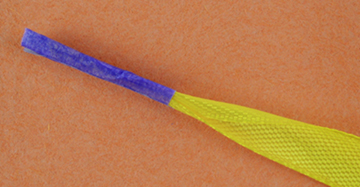 Thread a jingle bell onto a piece of pipe cleaner, fold it into a U, and and insert both ends into a pair of holes. Unfold the ends of the pipe cleaner and secure them to the back of the lid with tape. Repeat these steps with the remaining 2 bells.
Thread a jingle bell onto a piece of pipe cleaner, fold it into a U, and and insert both ends into a pair of holes. Unfold the ends of the pipe cleaner and secure them to the back of the lid with tape. Repeat these steps with the remaining 2 bells.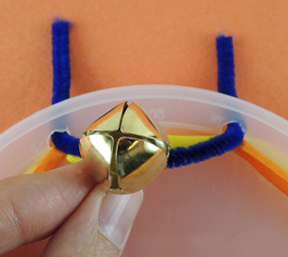 Your tambourine is finished!
Your tambourine is finished!